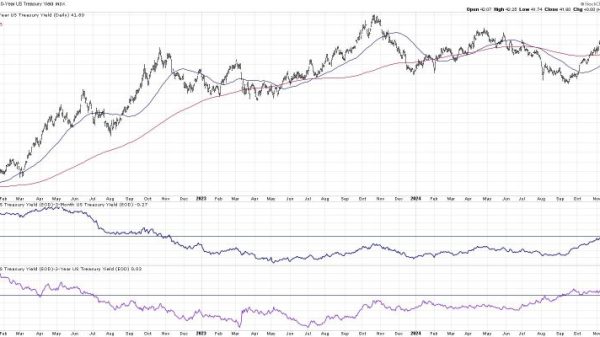In uncertain times where market volatility can make or break an investment, it is crucial for investors to have a keen eye on specific levels to guide their trading decisions. MicroStrategy, a leading business intelligence firm, has been experiencing significant fluctuations in its stock price, prompting many investors to carefully monitor key levels in order to navigate its turbulent plunge.
One crucial level for investors to watch is the support level of $500. As the stock price approaches this level, it signals a potential shift in market sentiment. If the stock adheres to this support level and rebounds, it could indicate a bullish trend in the market. However, if the stock breaks below this level, it may signify a further decline in MicroStrategy’s stock price.
Another key level to monitor is the resistance level of $700. This level represents a price point where the stock has previously struggled to surpass. If the stock price manages to break above this resistance level, it could signal a potential uptrend and present a buying opportunity for investors. On the other hand, if the stock fails to breach this level, it may continue its downward trajectory.
Additionally, the moving averages can provide valuable insights for investors. The 50-day moving average, which tracks the average price of the stock over the past 50 days, can act as a support or resistance level depending on its position relative to the stock price. Investors should pay close attention to how the stock interacts with this moving average as it can signal potential buying or selling opportunities.
Moreover, monitoring trading volume is essential in gauging investor interest and market activity. A spike in trading volume coupled with a price movement can indicate a strong buying or selling pressure. By analyzing volume patterns, investors can better understand market dynamics and make informed trading decisions.
In conclusion, navigating MicroStrategy’s turbulent plunge requires investors to closely monitor key levels such as support and resistance levels, moving averages, and trading volume. By staying vigilant and diligent in monitoring these levels, investors can better position themselves to capitalize on potential market opportunities and mitigate risks in the ever-changing stock market landscape.




























